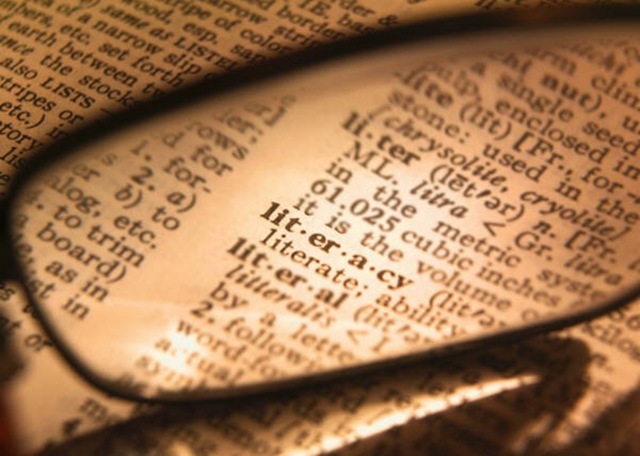 Ningwakwe (also known to many Canadians as Priscilla George) is a seasoned Aboriginal educator and has a strong commitment to the community. She has six years' experience coordinating Aboriginal literacy programs at the provincial level and 14 years' experience teaching. Ningwakwe's many accomplishments include, but are not limited to, receiving an International Women's Day Award, earning a Life Skills Coach certificate, authoring and co-authoring many papers on Aboriginal Literacy, and starting her own business. She was a teacher of Special Education and ESL within the Toronto District School Board as well as a Policy Advisor for the Native Education Policy Unit of the Ontario Ministry of Education and Training (MET).
Ningwakwe (also known to many Canadians as Priscilla George) is a seasoned Aboriginal educator and has a strong commitment to the community. She has six years' experience coordinating Aboriginal literacy programs at the provincial level and 14 years' experience teaching. Ningwakwe's many accomplishments include, but are not limited to, receiving an International Women's Day Award, earning a Life Skills Coach certificate, authoring and co-authoring many papers on Aboriginal Literacy, and starting her own business. She was a teacher of Special Education and ESL within the Toronto District School Board as well as a Policy Advisor for the Native Education Policy Unit of the Ontario Ministry of Education and Training (MET).
Ningwakwe has recently been made President of the National Indigenous Literacy Association for which she is in demand across Canada as a speaker and consultant on Aboriginal literacy issues. (http://www.curriculum.org/csc/management.shtml)
To date, I have read a number of her discussion papers as well as the work that she published on the Rainbow Approach. I recommend all of her work. It is accessible and makes so much sense in a number of contexts. At the YCDSB, her model has been transformed and adapted to meet the needs of our students, but I think we have maintained the integrity of Ningwakwe's intentions - that is a holistic model that tends to mind, body, spirit and soul. This a brief overview of the Rainbow:
RED: “Red represents the language of origin of First Nations individuals and/or communities.”
ORANGE: “Orange symbolizes the skills required for oral literacy (speaking, listening…).”
YELLOW: "Yellow refers to the creative means by which Aboriginal Peoples had to learn to communicate with others who spoke another language or through other than the written word, by using symbols (pictographs, artwork, music) and/or sign language.”
GREEN: "Green refers to the literacy in the languages of the European newcomers to this land a little over five hundred years ago, English and/or French, and which have also been given the status of official languages.”
BLUE: "Blue refers to the skills required to communicate using technology.”
INDIGO: "Indigo refers to the skills required for spiritual or cultural literacy – the ability to interpret dreams, visions or natural events, which are seen to be messages from the Spirit World – the sighting of an animal, the shape of a cloud, seeing a certain person at a particular point in time, etc.”
VIOLET: "Violet refers to the holistic base to Aboriginal literacy, the way in which integrate all of the above – facilitating spiritual, emotional, mental and physical learning outcomes – striving for balance.”
This model was originally designed to work for adult literacy education programs but it's so beautifully universal that anyone's needs would be best served while learning under this model, don't you think?
























